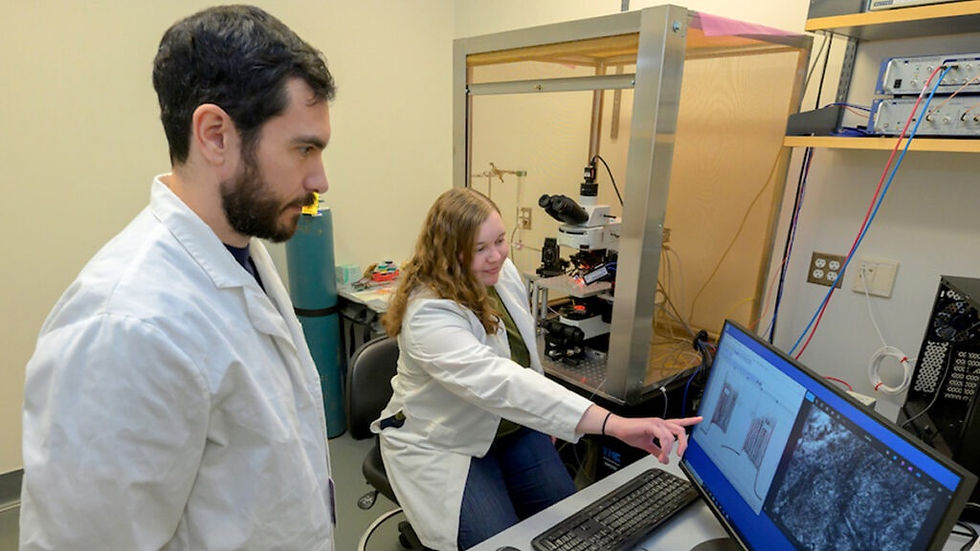Mice study breakthrough in cancer CAR-T cell therapy
- Helena Pinheiro
- Jul 28, 2025
- 2 min read

Researchers in the US have been able to safely generate CAR-T cells within the body of mice, possibly solving major limitations of this therapy, which revolutionised the treatment of many blood cancers.
CAR-T cell therapy requires that a patient’s own T cells – a type of immune cell – are collected from the body, genetically altered to detect and kill cancer cells and returned to the patient. This is a week’s long process that is labour-intensive and expensive.
Researchers at Stanford Medicine, California, took advantage of the same technique used for mRNA-based vaccines to generate CAR-T cells in mice directly.
The researchers created tiny soluble bubbles, called nanoparticles, with an antibody on their surface that made them attach specifically to T cells, delivering instructions for the T cells to find and kill B cells, which grow uncontrollably in many blood cancers.
These nanoparticles, when injected into mice with a type of B cell blood cancer, were able to generate internally a similar number of CAR-T cells to the one administered to patients undergoing the conventional therapy. These cells were also able to travel to the tumours. Six out of eight mice were tumour-free after 60 days of treatment and tumour growth was controlled in the remaining two.
"The combination of safety and efficacy we've seen in the mice is impressive," said Katherine Ferrara, leader of the study published in PNAS.
Conventional CAR-T cell treatment requires that the patients undergo a process to reduce the number of remaining T cells, which increases the efficacy of the therapy but makes them susceptible to infections. This new strategy does not require this procedure, possibly making CAR-T cell therapy not only cheaper, faster and available to a greater number of patients, but also safer.



